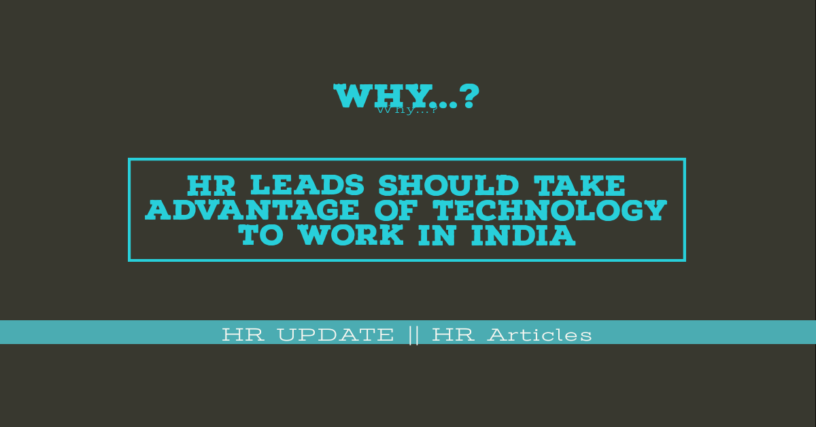As India exits lockdowns and offices, organizations are facing a unique set of work, including re-introducing offerings and safety practices to employees to return to work. Although the government has allowed offices to host one-third of the workforce, companies are wary about bringing back 33% of the workforce. Here is where HR (HR) steps in to build and lead the employee experience “back to work”.
As the remote workforce shifts to office, HR professionals will now have to learn to adopt the technology. From addressing daily processes to timely communication with employees, to coming up with new solutions to improve the overall employee experience – technology creates a huge opportunity for almost every HR function.
In addition, a single technology platform that offers applications, tools, and dashboards that provide real-time insights into the matrix – including employee well-being, workforce availability, employee shift status, etc. – is critical to a successful restart is.
Businesses are required to reopen their workplaces quickly, and technology has a strategic way to help business owners and management make data-driven decisions that transform the entire ecosystem of employees, partners, and customers are. COVID can help protect you during the 19s and beyond.
Here are 3 tips on how human resources can leverage technology to work.
30-60-90 Views
A 30–90–90 days roadmap for this ‘new normal’ is required for a phased return. First, we need to identify how employees feel about returning to the workplace and a chart can be made according to the priorities for the coming days. For example, caution in understanding the complexities of which groups within the workforce, how to ensure employee safety in the workplace, and what measures need to be considered for emergency response when an outbreak occurs within the workforce. Should be taken. group.
Human resource policies related to employee health and safety should be re-issued in the first phase – as part of the next phase. During a crisis, communication is important to ensure employees follow all health protocols. Provided there are no COVID-19 related outbreaks in the next 60 days, the focus should gradually move towards increasing the strength of the workforce at the physical workplace – collaborating with the heads of operations in various units or offices to chart the next phase of evacuation And is Required to define priorities. .
Once we reach the 90-day mark, it is important to gather critical feedback from stakeholders to understand the outlook and its implications on the entire workforce.
The 30-60-90-day plan should be centered around employee safety, crisis management, strategic change allocation, business continuity planning and talent development. These strategic decisions should be data-driven, and leverage technology early in the process to streamline the process.
Leverage technology to ensure employee safety
Looking at the current scenario, investing in essential back-to-work technologies that are effective and simple can provide a range of tools to implement, helping to keep employees, customers, partners and communities safe and informed Can. Are designed to assist businesses to reopen the workplace. .
HR leaders need to work closely with operational heads and IT functions to move efficiently around the workforce and efficiently manage strategic and tactical decisions. A command center leadership gives the team a real-time, consolidated approach to workforce demographics, employee welfare, employee location, location of facilities, areas around the workplace and the workforce community, hotspots and emergency response preparedness.
Solutions such as Work.com enable organizations to manage the logistics of returning to work, keeping in mind the health and safety of employees and visitors.
Build flexibility in the business model
As most companies transitioned to remote work almost overnight, many employees were left with the skills necessary to succeed in an all-digital world. The continued and growing interest in online learning since COVID-19 is an indication that businesses need to prioritize workforce development. According to new Salesforce research, 77% of respondents in India say workforce development should be a high priority for businesses, and 83% are more interested in online learning since Kovid – 35% above the global average.
While working from home (WFH) remains part of the new normal, many companies make it standard practice for 75% of their workforce by 2025










Leave a Reply